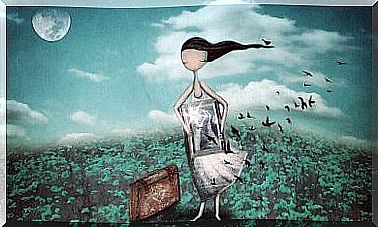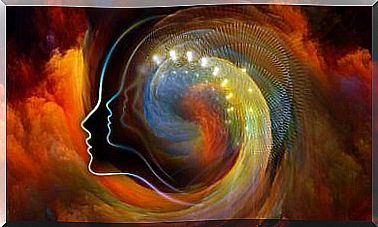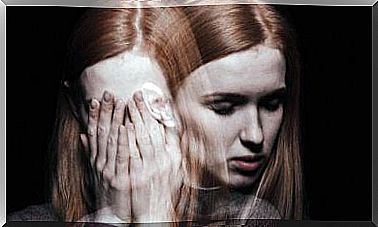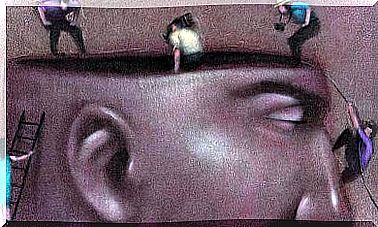Aversive Racism: What Is It?
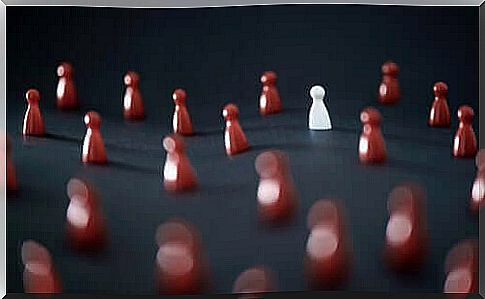
Racism, and in particular aversive racism, is often equated with racial discrimination, although these two concepts do not necessarily have the same meaning.
Racism is the “positive” racial prejudice (in terms of exaltation, sense of superiority) towards a specific race in particular, generally one’s own. Racial discrimination, on the other hand, is the expression of a negative prejudice (marginalization or humiliation) towards one or more different races.
Xenophobia, or racism, is an attitude in a certain sense intrinsic to society. But for what reason? In the following lines we address this issue and its social implications, in particular of aversive racism, characteristic of today’s society.
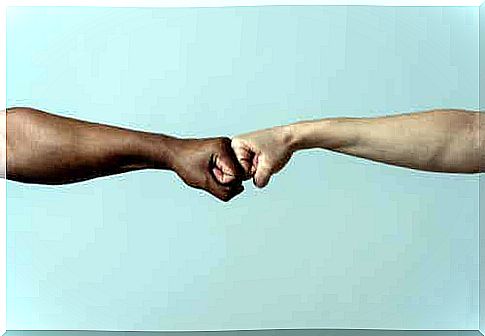
What is racism?
The main cause of racism is the fear of the different. Often out of ignorance or lack of information, we tend to reject and devalue what we do not perceive as close to us.
On the other hand, the formation of the individual personality also contributes on the basis of the education received, as well as the influence of opinions within one’s social context. All this shapes the way of understanding and perceiving what is foreign.
As human beings, we learn by generalization. From an early age, we tend to classify the world and its elements. In this sense, if we use indicators such as nationality or religion to relate people, we end up creating stereotypes and prejudices about specific individuals, and then extending them to the groups to which they belong.
Ultimately, we learn to differentiate people according to the group they belong to. And the characteristics of the group they belong to are attributed to the individual, almost nullifying his personality. In doing so, effects similar to that of self-fulfilling prophecy, based on confirmation bias, are produced.
The aversive racism
During the Second World War, the world witnessed racism linked to the so-called “Aryan race”, combined with racial discrimination against other ethnic groups, with disastrous consequences.
Another example is that of the apartheid era in South Africa. And while this explicit form of racism has lapsed over the course of the 21st century, that doesn’t mean it doesn’t continue to be widespread.
In 1986, sociologists Samuel Gaertner and John F. Dovidio spoke of a form of racism well rooted in human history: aversive racism.
Aversive racism externalizes two tendencies that are particularly prevalent in the white race today. The first is linked to the survival of various prejudices against multiple ethnic minority groups. Prejudices that may have been transmitted in an imperceptible and often involuntary form by influential institutions and personalities.
The second trend would consist in the current belief of whites not to be racist, as “they would understand and have evolved”. In other words, whites tend to have unconscious bias.
However, in this case they do not refer to any kind of genetic superiority or explicit hatred, but rather to a superiority linked to other dimensions such as cultural or ethical. In fact, the aversive racist generally fervently claims racial equality and justice.

How does aversive racism manifest itself in society?
The problem is that the person who develops this attitude is not aware of it. Especially since aversive racism manifests itself exclusively in those situations in which one interacts with members of other ethnicities or groups.
Interracial contact causes discomfort in these people. For example, for a white-skinned aversive racist, meeting a non-EU citizen on the street at night causes a different feeling than meeting another white individual.
What happens is that this discomfort is not only caused by the negative prejudices instilled in the person, but also by his need to show himself as “non-racist”.
Therefore, the interaction with people of other races, in these cases, tends to be rather cautious, sometimes tending to exaggerate. And that, after all, is in itself a form of discrimination. Race, religion or nationality still take over the individual personality.
In fact, we are not born racists, but we learn to be. Children learn from an early age to distinguish people who do not belong to their circle. Everything else develops as a result of this first separation.
For this reason, it is essential to work from the earliest years on the issues of diversity and inclusion. If an individual is born, grows and forges his personality in an environment that normalizes and welcomes any kind of family, race or religion, racist prejudices will hardly develop.


